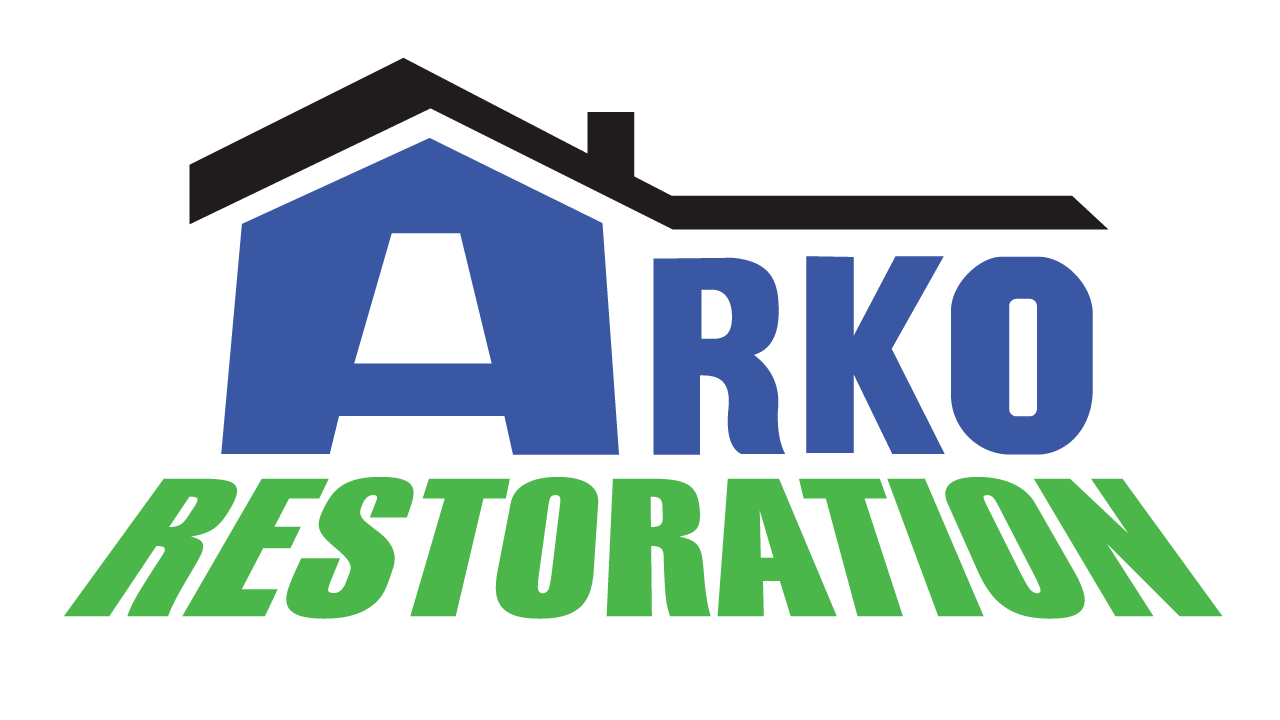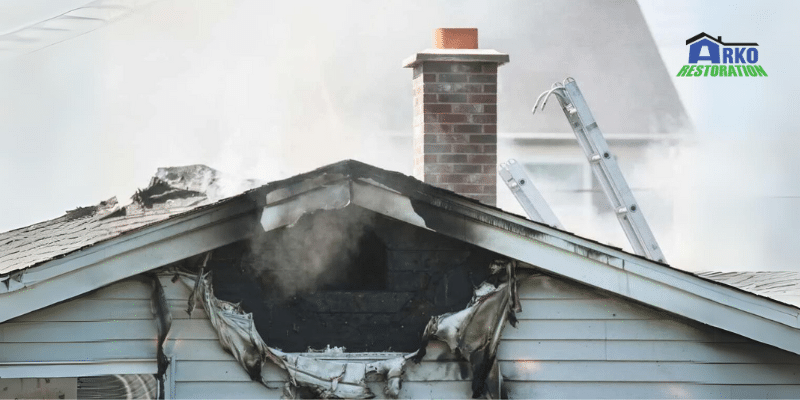In the aftermath of a fire, the devastation can feel insurmountable, leaving lives shattered and dreams in ruins. Yet, amidst the chaos and despair, there exists a glimmer of hope—a beacon of resilience that refuses to be extinguished. This beacon is none other than fire damage restoration, a remarkable process that breathes life back into the charred remnants of homes and businesses.
Join us on a captivating journey through the world of fire damage restoration, where each step holds the promise of renewal and rebirth. From the initial assessment to the final touches of restoration, we’ll unravel the secrets behind this transformative process. Along the way, we’ll discover the incredible benefits it brings—restoring not just structures, but also hope, peace of mind, and a sense of normalcy to those affected by the flames.
So, buckle up and prepare to be inspired as we explore how, against all odds, beauty can emerge from the ashes, and life can flourish once more.
1. Initial Assessment and Safety Precautions:
The journey of fire damage restoration begins with a thorough assessment of the affected property. Trained professionals meticulously examine the extent of the damage, taking into account factors such as structural integrity, smoke and soot residues, and water damage caused by firefighting efforts. This initial assessment is crucial for formulating a comprehensive restoration plan tailored to the unique needs of the property.
Moreover, ensuring the safety of both occupants and restoration personnel is paramount during this phase. Hazards such as unstable structures, electrical dangers, and toxic fumes must be addressed promptly to prevent accidents or further damage. By prioritizing safety measures from the outset, restoration teams lay the foundation for a successful and secure restoration process.
2. Removal of Debris and Salvaging Possessions:
Once the assessment is complete, the next step involves the careful removal of debris and salvaging of possessions. This task requires precision and sensitivity, as fire damage restoration professionals strive to salvage cherished belongings amidst the wreckage. Items such as photographs, heirlooms, and sentimental possessions hold immeasurable value to homeowners, and every effort is made to retrieve and restore them whenever possible.
Simultaneously, the removal of debris is essential for clearing the space and preparing it for restoration work. This process involves disposing of irreparable items, clearing out charred materials, and cleaning up any hazardous substances left behind by the fire. By efficiently managing debris removal, restoration teams create a clean slate upon which to rebuild and restore the property.
3. Mitigation of Smoke and Soot Damage:
One of the most pervasive effects of a fire is the presence of smoke and soot residues, which can permeate surfaces and materials throughout the property. Mitigating smoke and soot damage requires specialized techniques and equipment to ensure thorough removal and cleaning. Restoration professionals employ a variety of methods, including air filtration, dry cleaning, and deep cleaning solutions, to eliminate smoke odors and residue from walls, floors, and furnishings.
Furthermore, addressing smoke and soot damage promptly is essential for preventing long-term consequences such as discoloration, corrosion, and respiratory issues. By employing targeted mitigation strategies, restoration teams mitigate the impact of smoke and soot, restoring the property to its pre-fire condition and ensuring a safe and healthy environment for occupants.
4. Structural Repair and Reconstruction:
With the debris cleared and smoke damage mitigated, attention turns to the structural repair and reconstruction phase of the restoration process. Depending on the severity of the fire damage, this stage may involve anything from minor repairs to extensive reconstruction efforts. Structural integrity is paramount, and restoration teams work diligently to assess and address any damage to the building’s framework, walls, roof, and other structural components.
Additionally, this phase often includes cosmetic repairs and renovations to restore the property’s aesthetics and functionality. From repainting walls and replacing flooring to installing new fixtures and appliances, every detail is carefully considered to ensure a seamless transition from devastation to restoration. Through skilled craftsmanship and attention to detail, restoration professionals breathe new life into the property, transforming it into a symbol of resilience and renewal.
5. Final Cleaning and Restoration Touches:
As the fire damage restoration process nears completion, the focus shifts to final cleaning and restoration touches. This phase involves a thorough cleaning of the entire property, ensuring that every surface is free from debris, residues, and contaminants. Specialized cleaning techniques, such as steam cleaning, ozone treatments, and antimicrobial applications, may be employed to sanitize the space and eliminate any lingering odors or health hazards.
Furthermore, restoration teams may implement additional measures to enhance the property’s resilience and safety, such as installing smoke detectors, fire-resistant materials, and other preventative measures. By going above and beyond in the final restoration touches, professionals ensure that the property is not only restored but fortified against future fire risks.
6. Addressing Water Damage:
In many cases, the efforts to extinguish a fire can lead to significant water damage within the property. Water from fire hoses or sprinkler systems can saturate walls, floors, and belongings, causing further destruction and fostering conditions conducive to mold growth. Therefore, addressing water damage is a critical component of the fire damage restoration process.
Fire damage restoration professionals employ advanced drying techniques, such as dehumidification and air circulation, to extract excess moisture and prevent secondary damage. They also utilize moisture meters and thermal imaging technology to identify hidden pockets of moisture and ensure thorough drying. By promptly addressing water damage, restoration teams mitigate the risk of mold growth and structural deterioration, safeguarding the property’s long-term integrity.
7. Documenting the Restoration Process:
Throughout the fire damage restoration journey, meticulous documentation is essential for various reasons. Detailed documentation serves as a record of the restoration process, documenting the extent of the damage, the steps taken to address it, and the associated costs. This documentation is invaluable for insurance claims, legal proceedings, and future reference.
Moreover, documenting the restoration process provides transparency and accountability, allowing homeowners and stakeholders to track progress and understand the work being done. Restoration professionals often use photographs, videos, and written reports to document each phase of the restoration, ensuring clarity and accuracy.
8. Communicating with Stakeholders:
Effective communication is key to navigating the complexities of fire damage restoration successfully. Restoration professionals maintain open lines of communication with homeowners, insurance adjusters, contractors, and other stakeholders throughout the restoration process. Regular updates, clear explanations, and responsive feedback help to alleviate concerns, manage expectations, and foster trust.
Additionally, restoration teams collaborate closely with homeowners to make informed decisions regarding the restoration process. From selecting materials and finishes to coordinating timelines and budget considerations, clear and proactive communication ensures that all parties are aligned and working towards a common goal of restoring the property to its pre-fire condition.
9. Providing Support and Guidance:
Beyond the physical restoration of the property, fire damage restoration professionals offer invaluable support and guidance to homeowners during a challenging time. They serve as trusted advisors, providing reassurance, empathy, and practical assistance every step of the way. Whether it’s navigating insurance claims, coordinating temporary housing, or accessing community resources, restoration teams go above and beyond to ease the burden on homeowners and facilitate the recovery process.
Furthermore, fire damage restoration professionals often collaborate with mental health professionals and support organizations to address the emotional toll of fire-related trauma. By offering compassionate support and resources, they help homeowners and their families navigate the emotional challenges of rebuilding their lives after a fire.
10. Implementing Preventative Measures:
In addition to restoring the property to its pre-fire condition, fire damage restoration also involves implementing preventative measures to reduce the risk of future fires. Restoration professionals may recommend and install fire-resistant materials, upgrade electrical systems, and educate homeowners on fire safety practices. By proactively addressing fire hazards and vulnerabilities, restoration teams help to create a safer and more resilient environment for homeowners and their families.
By incorporating these additional points into the fire damage restoration process, restoration teams ensure a comprehensive and holistic approach to rebuilding and restoring properties affected by fire. From addressing water damage to providing support and guidance, each aspect contributes to the overall success of the restoration effort and helps homeowners reclaim their sense of security and peace of mind.
Conclusion:
Fire damage restoration is a multifaceted process that requires skill, expertise, and compassion. From the initial assessment to the final restoration touches, every step is guided by a commitment to restoring hope and rebuilding lives. By understanding the intricacies of the restoration process and the profound benefits it brings, we gain a deeper appreciation for the resilience of the human spirit in the face of adversity. Through dedication, determination, and unwavering support, fire damage restoration transforms devastation into opportunity, proving that even amidst the ashes, hope can rise, and new beginnings can emerge.

